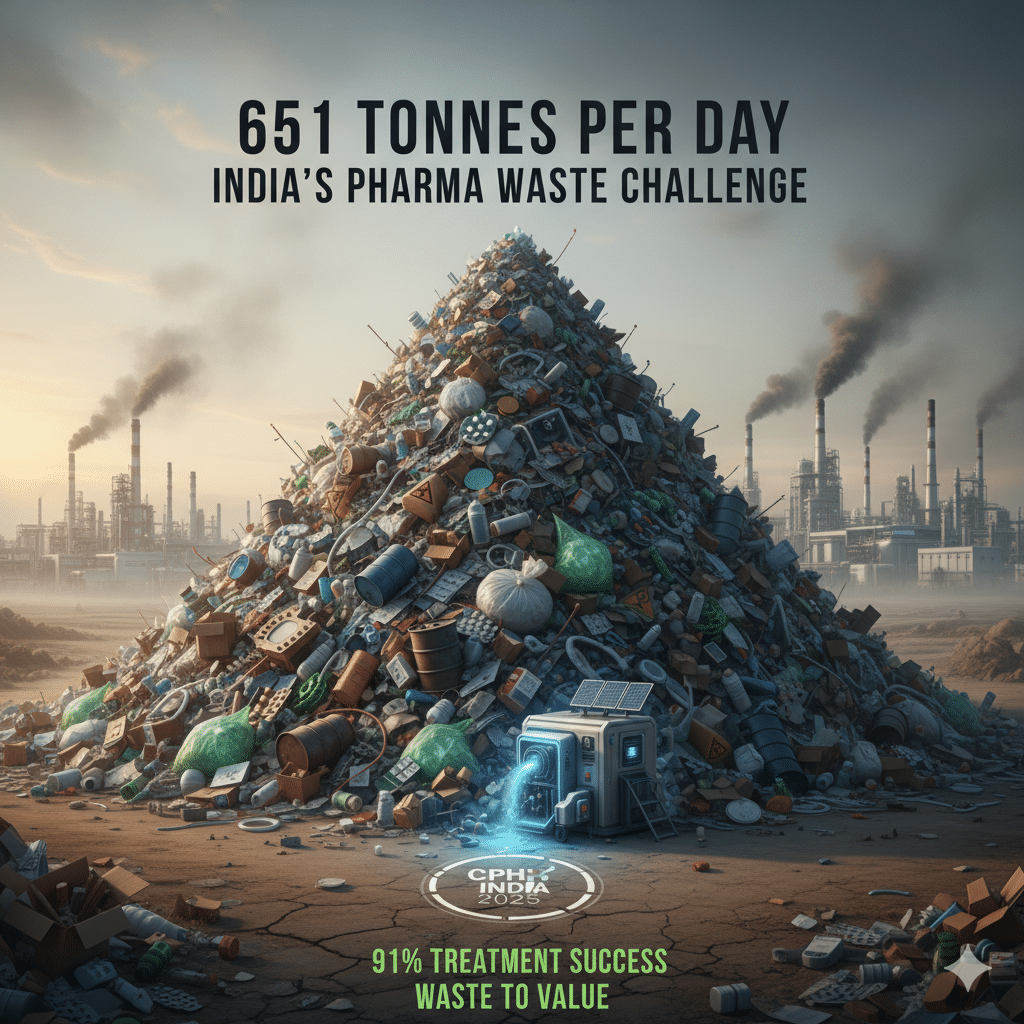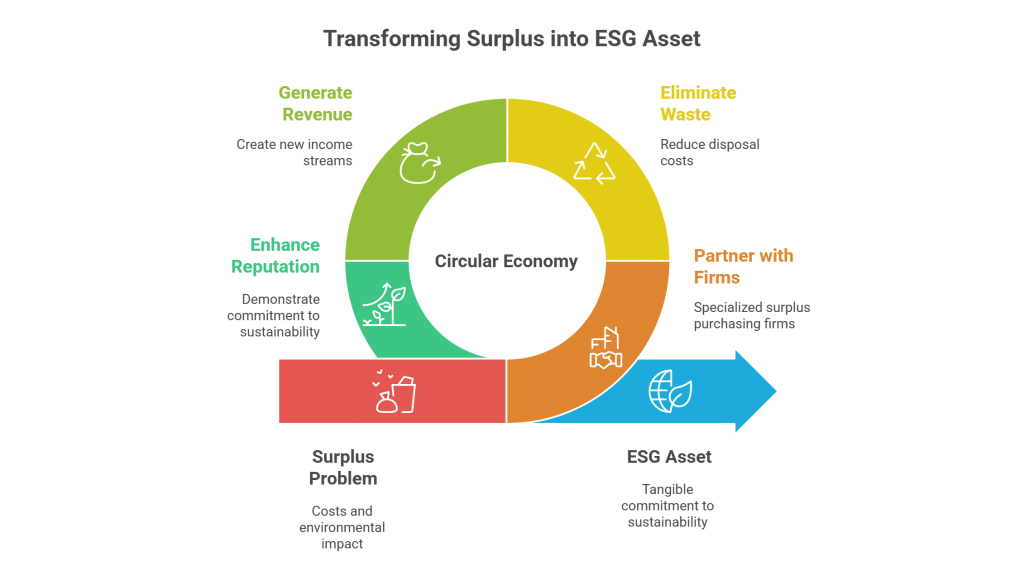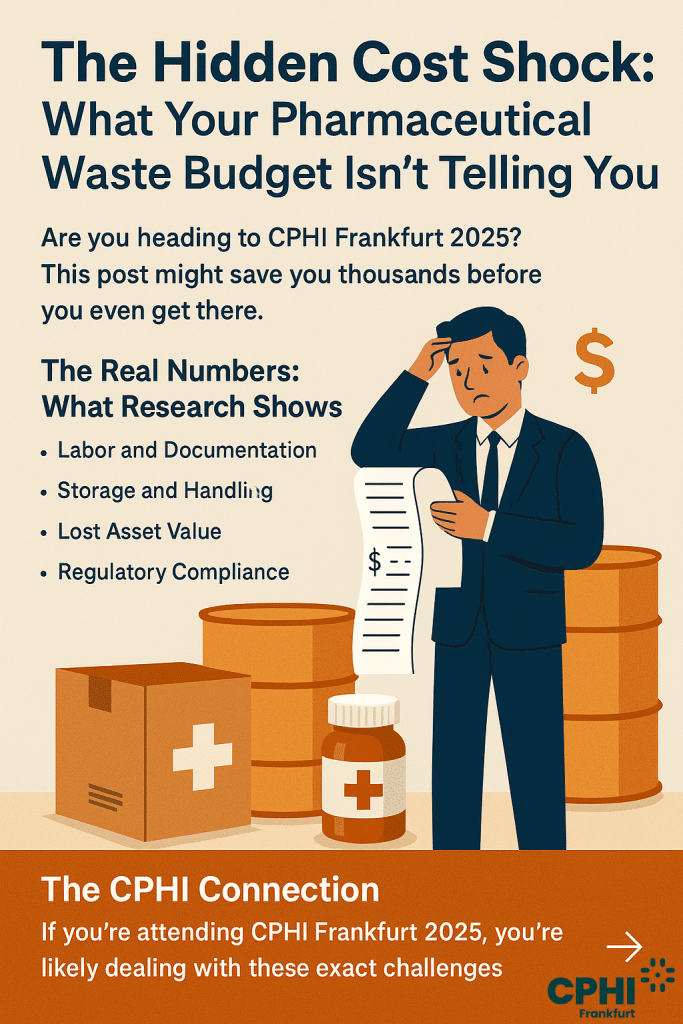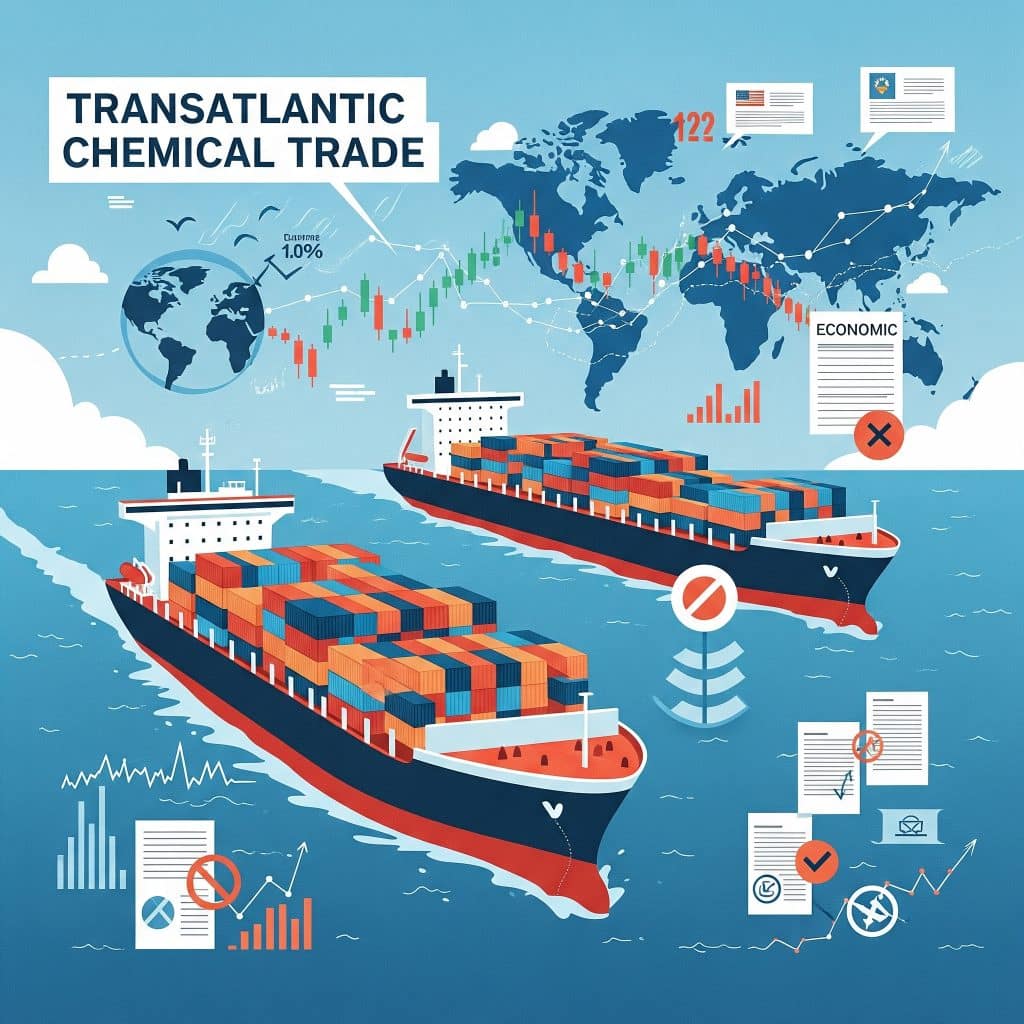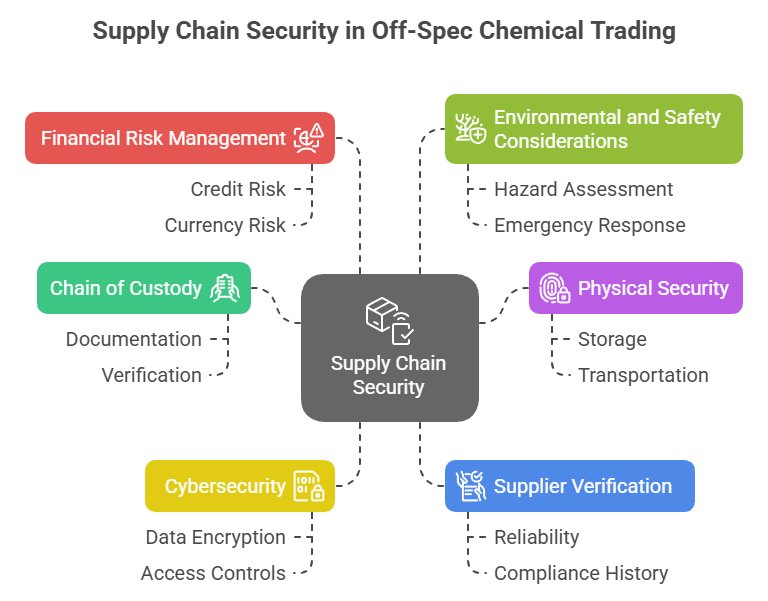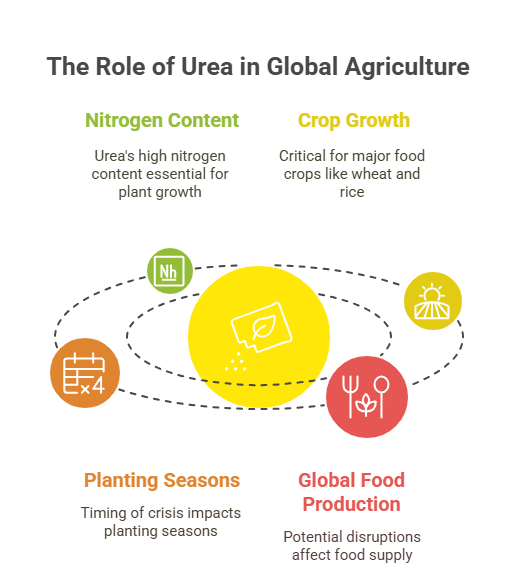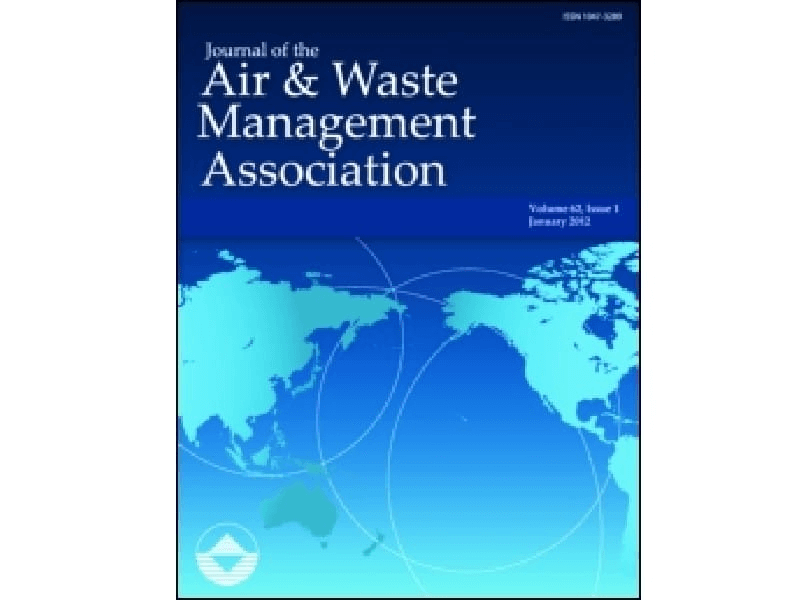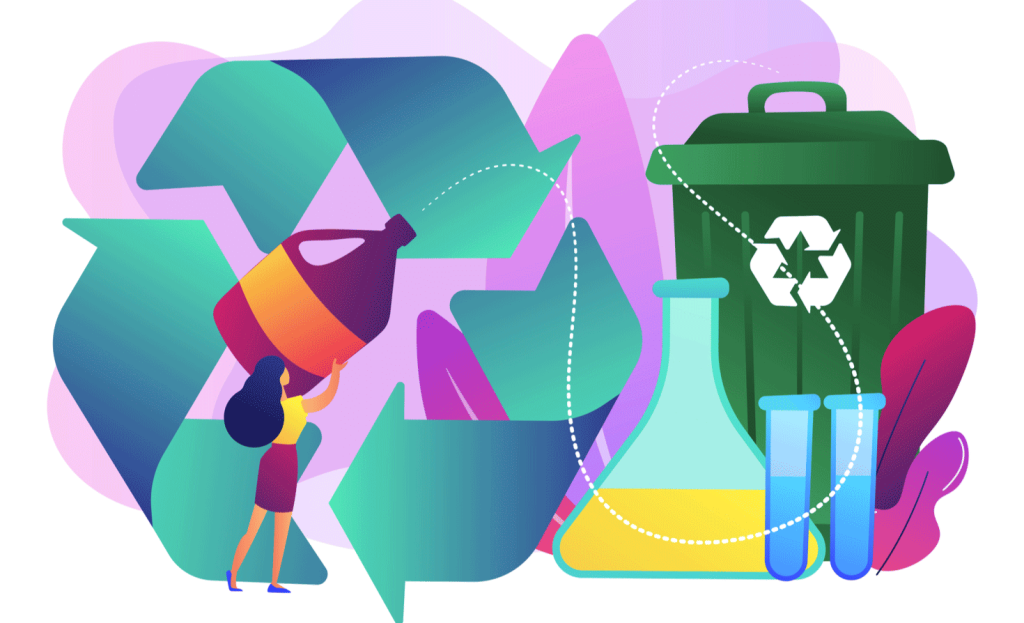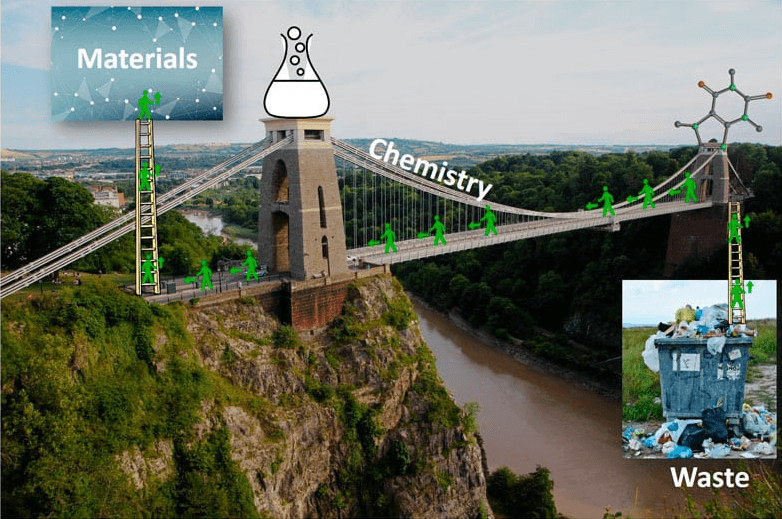Unlocking the Potential of Surplus Saccharin in Food and Pharma
Saccharin Surplus Trading in Food & Pharma: Turn Excess into Economic & Environmental Benefits
Saccharin Applications in the Food & Pharma Sectors
Table of Contents
Success Story: Turning Surplus Saccharin into a Revenue Stream
A leading manufacturer in the food and pharmaceutical sectors encountered an unexpected surplus of saccharin following a production shift that impacted their formulation lines. Instead of incurring hefty disposal fees or letting the material go to waste, the company listed the surplus on a dedicated chemical trading platform. This strategic decision allowed them to recover costs, reduce storage burdens, and reallocate resources to higher-demand chemicals. Buyers from both sectors praised the quality and competitive pricing of the saccharin, while the seller benefited from streamlined inventory management and enhanced sustainability credentials. This real-world scenario underscores the potential of surplus trading to foster economic growth, waste reduction, and efficiency across industrial operations.



